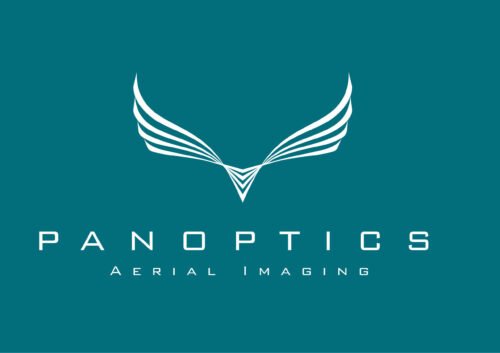Aerial imaging, also known as aerial photography or aerial surveying, is a technique that involves capturing images of the Earth’s surface from an elevated position. It has become increasingly popular in recent years due to advancements in technology and the availability of drones and satellite imagery.
Uses of Aerial Imaging
Aerial imaging has a wide range of applications across various industries. One of the most common uses is in the field of mapping and cartography. Aerial images can be used to create detailed maps of large areas, including topographic maps, land use maps, and even 3D models of the terrain.
In the agricultural industry, aerial imaging is used for crop monitoring and management. By capturing images of fields from above, farmers can identify areas of stress, disease, or nutrient deficiencies in their crops. This allows them to take targeted actions to improve crop health and maximize yield.
Another important application of aerial imaging is in urban planning and development. By capturing high-resolution images of cities and towns, urban planners can analyze land use patterns, identify areas for development, and make informed decisions about infrastructure projects.
Aerial imaging is also used in environmental monitoring and conservation efforts. By capturing images of forests, wetlands, and other natural habitats, researchers can track changes in vegetation cover, monitor wildlife populations, and assess the impact of human activities on the environment.
Advantages of Aerial Imaging
There are several advantages to using aerial imaging over traditional ground-based methods. Firstly, aerial images provide a broader perspective and a larger field of view. This allows for a more comprehensive understanding of the landscape and can reveal patterns and relationships that may not be apparent from the ground.
Secondly, aerial imaging allows for the collection of data over large areas in a relatively short amount of time. This is particularly useful for projects that require up-to-date and accurate information, such as disaster response and emergency management.
Furthermore, aerial imaging can be more cost-effective compared to traditional surveying methods. Drones and satellite imagery have made it more accessible and affordable for businesses and organizations to capture aerial images without the need for expensive equipment or personnel.
Challenges and Considerations
While aerial imaging offers many benefits, there are also some challenges and considerations to keep in mind. One of the main challenges is the need for skilled operators who can capture high-quality images and process the data effectively. Without proper training and expertise, the results may be inaccurate or incomplete.
Privacy concerns are another consideration when it comes to aerial imaging. The use of drones for aerial photography has raised concerns about the potential invasion of privacy, especially when capturing images of private property or individuals without their consent. It is important to adhere to legal and ethical guidelines to ensure the responsible use of aerial imaging technology.
Weather conditions can also impact the quality of aerial images. Factors such as cloud cover, wind speed, and lighting conditions can affect the clarity and resolution of the images. It is important to plan aerial imaging projects accordingly and consider weather conditions for optimal results.
Conclusion
Aerial imaging is a powerful tool that offers a unique perspective on the Earth’s surface. Its applications are vast and varied, ranging from mapping and agriculture to urban planning and environmental monitoring. With advancements in technology, aerial imaging has become more accessible and affordable, but it is important to consider the challenges and ethical considerations associated with its use. When used responsibly, aerial imaging can provide valuable insights and contribute to a wide range of industries.
